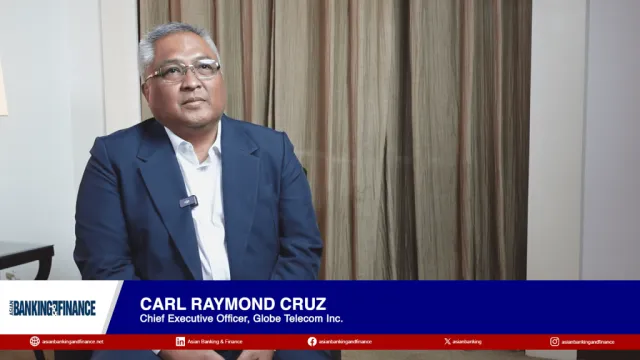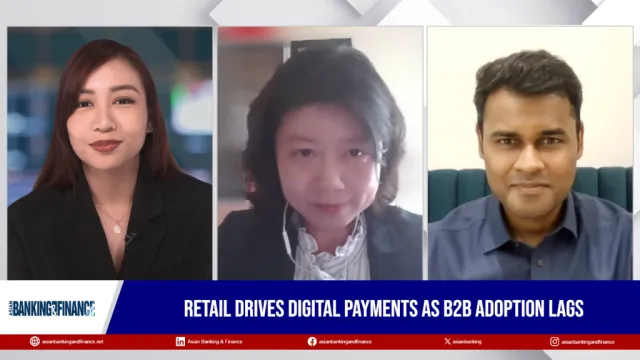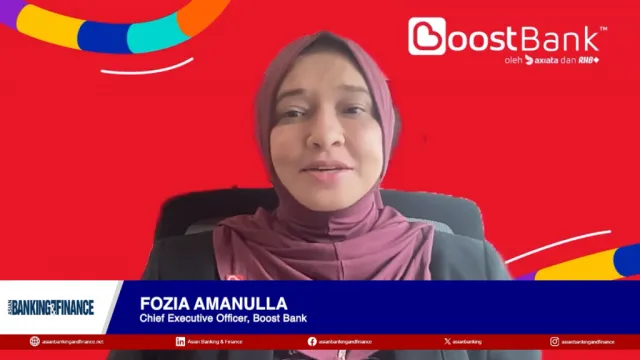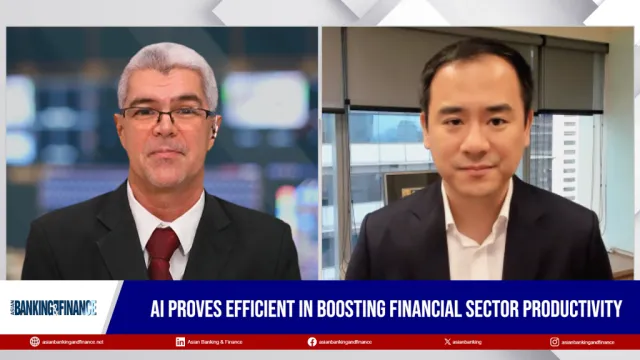
Real-time cross border payments edges closer to reality with ISO 20022
ISO 20022 is set to become the universal language of payments.
One of the biggest changes in the history of the payments industry is scheduled to set sail in 2023. Come March, banks and financial institutions within the SWIFT ecosystem are mandated to begin steps to fully adopt ISO 20022 guidelines for cross-border payments and cash management messages. The guidelines standardises the language and approach used by financial institutions for real-time payments, whether low or high value, across domestic, regional and international payment flows.
Although it has existed for years, it is only by March 2023 that SWIFT will phase in ISO 2002 as the standard for cross-border payments and cash reporting for all banks and financial institutions under its network. As J.P. Morgan Chase Bank puts it, “ ISO 20022 is expected to be the native language of payments by 2025.”
Data held by SWIFT supports this sentiment. By 2023, 87% of the total value of high-value payments worldwide are expected to be made up or enabled by ISO 20022-enabled systems; for low-value payments, over half or 65% would be by systems that use ISO 20022, SWIFT’s report estimates.
In terms of volume, almost 8 in 10 high-value transactions worldwide would be making use of the ISO 20022 system, whilst for low value payments, it’ll be 5 in 10 or 53% of transactions.
These figures are just within the year of adoption–which highlight why understanding ISO 20022 is important if relevant players are to consider what the future of payments will look like.
ALSO READ: Why the universal banking model is no longer sustainable
“The key value drivers of ISO 20022 are rich formatting options and the ability to capture structured and unstructured information, which seamlessly gives way to efficient processing and time savings from reduced manual intervention,” said Jennifer Lucas, consulting leader for EY America’s Payments; Alla Gancz, EY UK Payments consulting leader; and Joanna Forman, senior manager, financial services, Ernst & Young LLP.
“Although migrating infrastructure to be compliant is a major change that can present challenges, banks can use this opportunity to ultimately offer better services and maintain client-centricity, while corporations and clients can benefit from the data-rich messages,” the trio wrote in a report “Understand key challenges and benefits to ISO 20022 migration.”
All Aboard
The most common view is that ISO 20022 should strengthen operational resiliency in payments, enhance straight-through processing, and make the application of sanctions more efficient, according to Accenture’s Sulabh Agarwal, managing director for global payments, and Ciarán Byrne, executive director and global head, clearing transformation, for J.P. Morgan Payments.
Agarwal and Byrne listed potential use cases for ISO 20022 in their report “5 ways ISO 20022 could rewrite the future of payments.” The first is more accurate reporting and significantly boosted matching rates thanks to the use of automated receivables matching or ARM.
The most obvious impact, of course, is that in the long run, payments, in particular, will be processed and settled more quickly, thanks to reduced errors/failures and investigations throughout the payment lifecycle, EY stated in a separate report.
Automatic reports will also now come to clients when the bank receives their payments. Currently, banks have to use static data tables to build the payment status report, but with ISO 20022, banks will no longer need to maintain these tables, said Accenture’s Agarwal and JP Morgan’s Byrne. Instead, clients will receive payment confirmations through their phones or across multiple email addresses.
ISO 20022 also holds the potential to offer real-time data to customers via payment dashboards that banks offer to their customers currently, according to a report by Accenture. The kicker is that the accuracy and quantity of the data offered are expected to radically expand once the guidelines come into effect.
ALSO READ: BNPL regulations toughen debt prevention and financial literacy in APAC
Agarwal and Byrne also believe that the enhanced data available in an ISO 20022 payment instruction will “provide banks an opportunity to better understand every transaction on the standard.”
“The structured name and address details for both sender and beneficiary has the potential to unlock improvements for AML and KYC practices, which should in turn enable more efficient and error-free screening processes,” Agarwal and Byrne wrote in a joint report on ISO 20022 migration.
Finally, banks have the opportunity able to identify potential cross-selling opportunities to customers based on data at hand. “For instance, it could give mortgage providers greater insight into originations and refinancing opportunities,” Agarwal and Byrne said.
EY’s Lucas, Gancz, and Forman agreed that the significant improvements to the payment procedure and newly added insights from the ISO 20022 enriched data will provide notable monetization opportunities for banks. “Robust data provided by ISO 20022 standards enables banks and nonbanks to better identify customer trends and provide improved services to their clients,” they said.
Navigating choppy waters
Whilst the standardisation had been a long time coming for the financial industry, the transition would still be a big challenge for banks, who face navigating varying country-mandated timelines.
“Banks need to balance an array of timelines and custom requirements across each market. This is especially challenging, as there is not a one-size-fits-all approach to managing system upgrades across the ecosystem to be compliant,” EY’s Lucas, Gancz, and Forman pointed out in their report.
In particular, EY noted four challenges that its clients faced while migrating to ISO 20022 standards: global prioritization and resourcing; consistent interpretations of data; length of time before benefits are realized; and operational impact.
ALSO READ: How GCash cornered the Philippines' ‘sachet’ economy
Migrating to ISO 20022 standards require banks to invest heavily.
“Prioritizing which jurisdictions, products and services should be migrated first will create a competition for global funds and resources to manage the project. Because ISO 20022 return on investment (ROI) tends to be long term due to migration effort complexities, banks will need to evaluate their business case to determine when cost savings will take effect and strategically communicate the benefits to program sponsors,” EY said.
Whilst standardisation of messages will be more beneficial for payments processing in the long-term, conversion to one standard will affect the whole cross-border payment processing, especially for clients, who will have to familiarize with a new process.
“Conversion will impact payment initiation, client information, payment channels and payment processing. [It] will require careful consideration and time to reflect the new standard,” EY noted.
This lead time will further require internal rework and delay the benefits related to customer journeys.
Banks and companies will need to factor in the impact to their internal systems that do not share the same migration priorities as their core processing applications. In particular, EY said that those used for accounting, reconciliation and liquidity management may require legacy tech to be retrofitted.
“To establish a seamless transition to ISO 20022, banks should focus on building interim solutions that support business continuity, while simultaneously focusing on updating legacy systems,” it said.

 Advertise
Advertise



